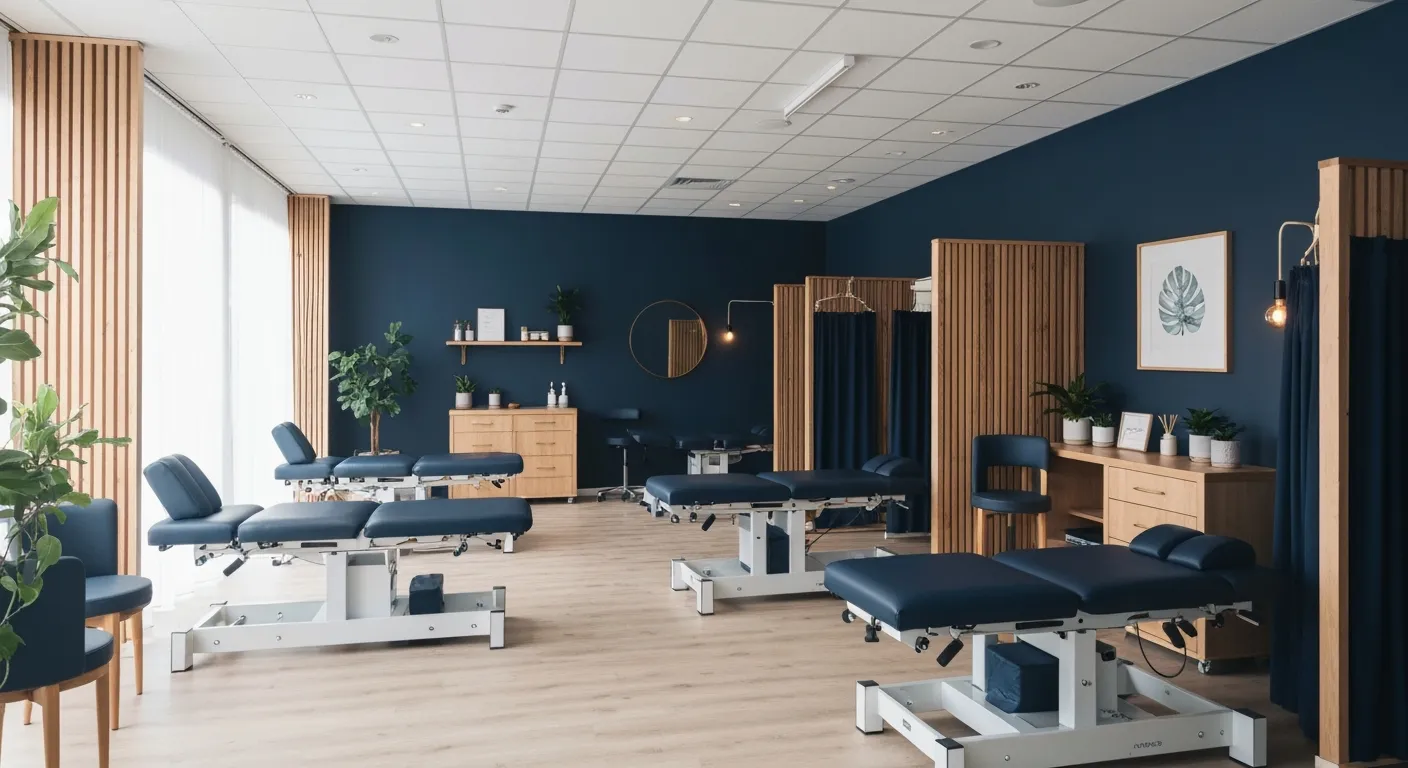Benefits of Manual Therapy for People With Sedentary Lifestyles
August 28, 2025
8 min
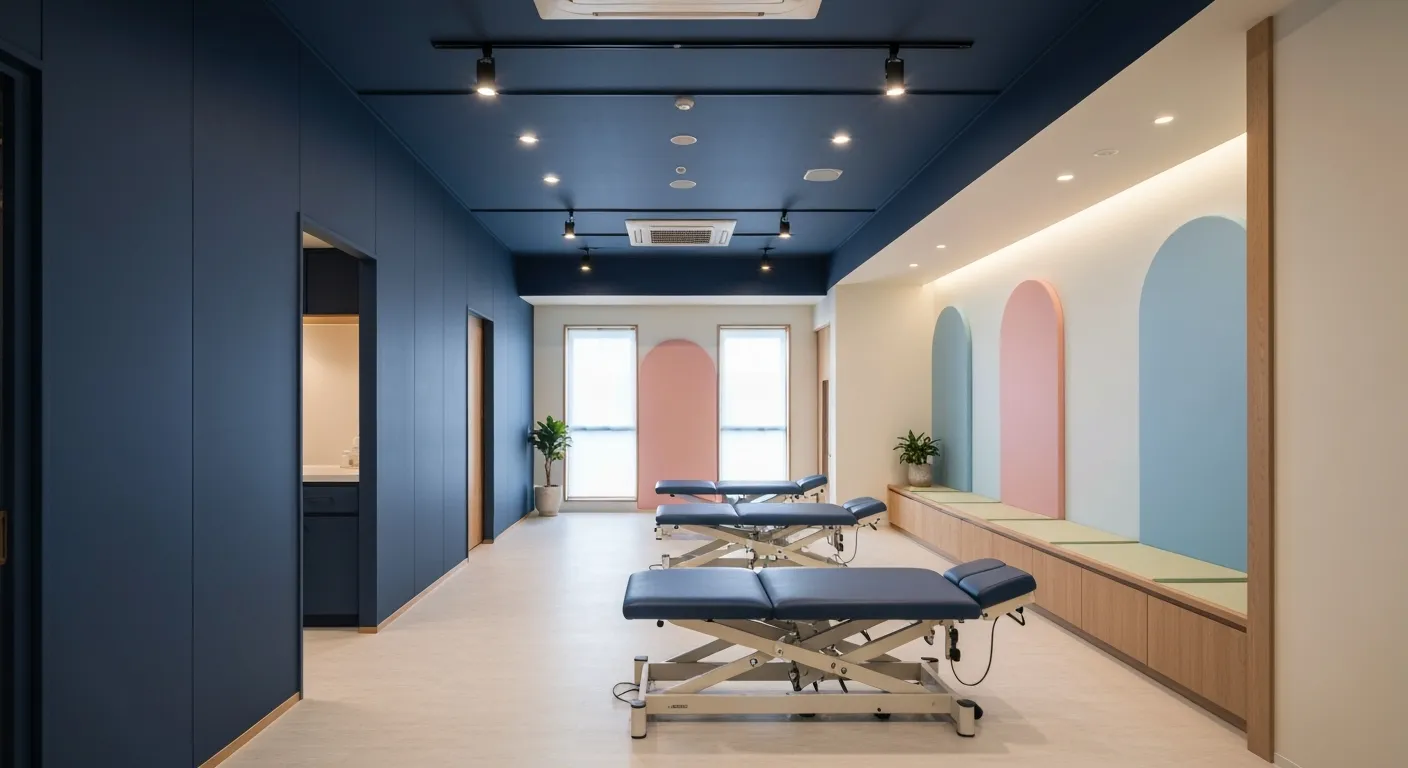
Understanding the Hidden Toll of Sedentary Lifestyles
In today's increasingly sedentary world, many individuals face musculoskeletal pain, stiffness, and diminished mobility due to prolonged periods of inactivity. Manual therapy emerges as a vital, hands-on physical therapy approach that addresses these challenges, offering effective pain relief, improved function, and enhanced quality of life. This article explores the multifaceted benefits of manual therapy specifically tailored for people with sedentary lifestyles, its scientific basis, comparative strengths, and practical application strategies to foster healthier, more active living.
Core Benefits of Manual Therapy for Sedary Individuals
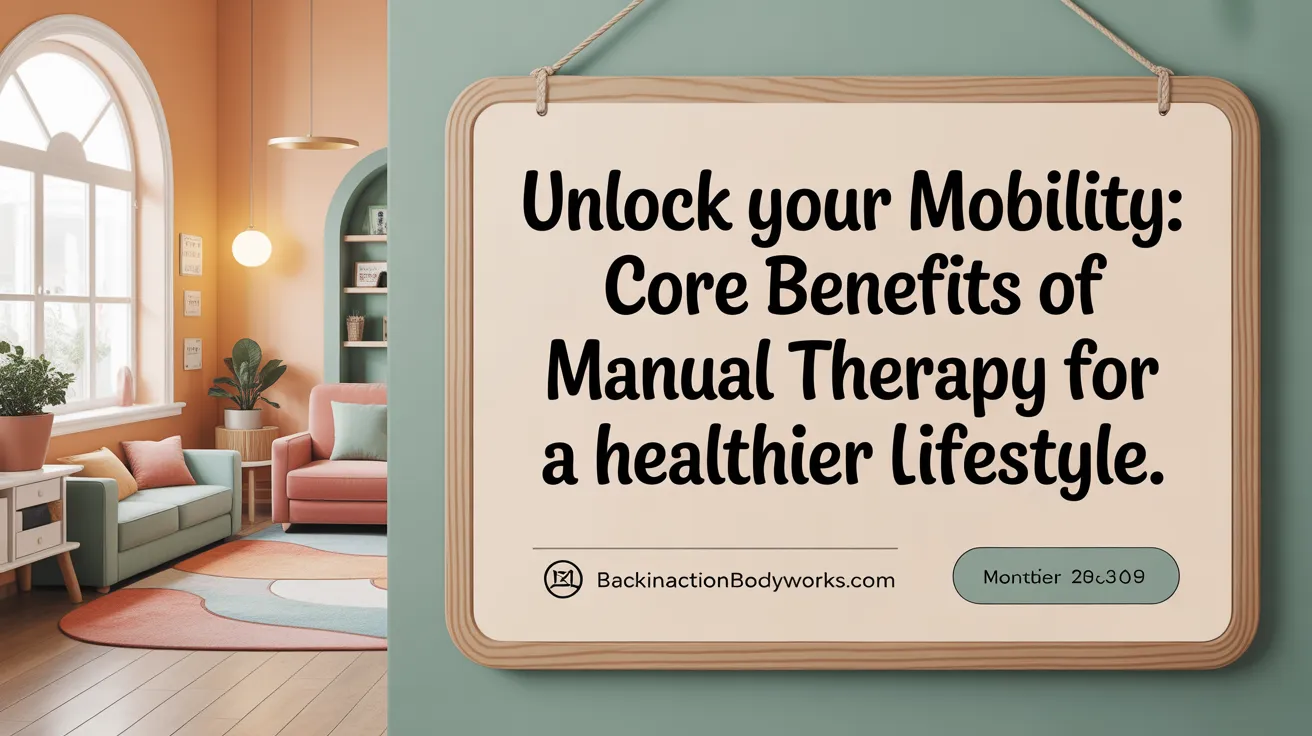
What are the core benefits of manual therapy for sedentary individuals?
Manual therapy provides multiple advantages for those leading inactive lifestyles. It primarily offers effective pain relief through hands-on techniques such as soft tissue massage, joint mobilization, and stretching. These methods help reduce muscle tension and stiffness in joints caused by prolonged sitting or lack of movement.
Improving flexibility and increasing the range of motion are significant benefits. Manual therapy restores normal movement patterns that may have become limited due to musculoskeletal imbalances or joint restrictions.
Additionally, manual therapy encourages better blood flow and circulation. Enhanced blood flow aids in tissue healing and reduces inflammation, which is crucial for recovering from stiffness and soreness.
Beyond physical benefits, manual therapy helps promote relaxation and lowers stress levels, contributing positively to mental health.
When combined with personalized exercises and regular physical activity, manual therapy accelerates recovery and minimizes the risk of developing chronic issues related to inactivity.
Overall, manual therapy not only alleviates symptoms but also supports long-term health by maintaining mobility, preventing injury, and improving overall musculoskeletal function.
Addressing Musculoskeletal Issues from Prolonged Inactivity
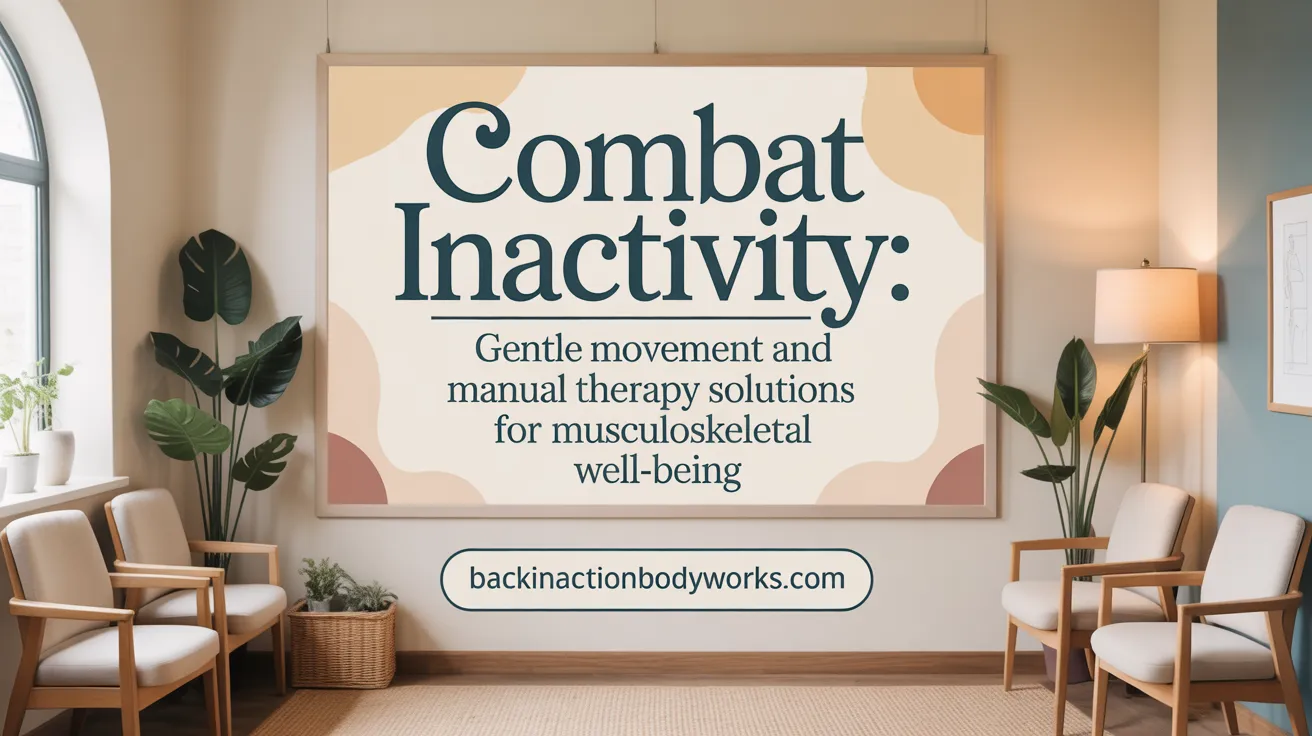 Prolonged inactivity often leads to musculoskeletal problems such as muscle spasms, joint stiffness, and reduced tissue function. Manual therapy offers a hands-on approach to combat these issues by applying targeted movements like joint mobilizations, soft tissue manipulation, and stretching techniques. These interventions help loosen stiff joints and relax tight muscles, restoring normal tissue mobility and decreasing pain.
Prolonged inactivity often leads to musculoskeletal problems such as muscle spasms, joint stiffness, and reduced tissue function. Manual therapy offers a hands-on approach to combat these issues by applying targeted movements like joint mobilizations, soft tissue manipulation, and stretching techniques. These interventions help loosen stiff joints and relax tight muscles, restoring normal tissue mobility and decreasing pain.
Not only do these mechanical effects improve joint and muscle function, but manual therapy also triggers neurophysiological responses that contribute to pain relief. Techniques such as massage or myofascial release promote the release of endorphins and reduce inflammatory markers, which can significantly diminish discomfort.
To maximize benefits, manual therapy is often combined with personalized exercises. These programs include stretching, strengthening, and mobility exercises tailored to individual needs. When performed at appropriate intensities, these exercises support muscular reconditioning, enhance flexibility, and prevent the deconditioning that often accompanies inactivity. This integrated approach helps restore overall functional capacity and encourages active participation in daily activities.
By addressing both biomechanical and neurophysiological aspects of musculoskeletal health, manual therapy combined with exercise therapy offers an effective strategy to alleviate pain, improve movement, and counteract the adverse effects of prolonged sedentary behavior.
Preventing Health Problems Linked to Sedentary Lifestyles Through Manual Therapy
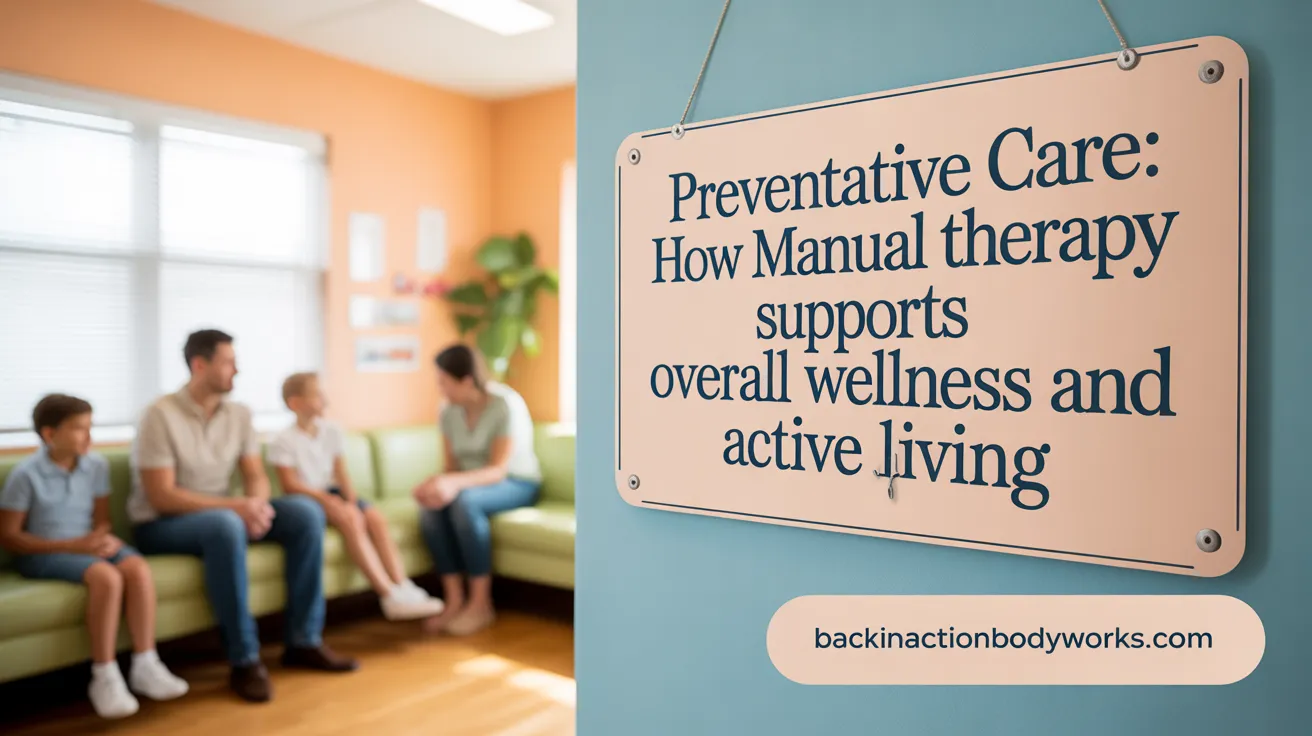
What role does manual therapy play in preventing health problems related to sedentary lifestyles?
Manual therapy contributes significantly to the prevention of health issues associated with prolonged inactivity. It helps maintain spinal health by addressing muscle tension, joint stiffness, and soft tissue restrictions that often develop from extended sitting.
Through techniques like joint mobilization, soft tissue mobilization, and stretching, manual therapy improves posture and enhances joint and muscle function. This not only relieves stiffness and discomfort but also promotes proper alignment and movement patterns.
When combined with personalized exercise programs, manual therapy encourages movement re-education. This combination reduces the risk of deconditioning—a state where muscles weaken and joints lose mobility due to inactivity—and supports safer, more effective reopening of physical activity.
Physiotherapists use manual interventions to help improve balance, flexibility, and strength. These are values often diminished in sedentary individuals, increasing vulnerability to falls and injuries.
Overall, manual therapy acts as a key component in comprehensive health strategies, helping to prevent common musculoskeletal issues like chronic pain, joint degeneration, and decreased mobility. It fosters physical resilience, ensuring individuals can maintain active, healthy lifestyles despite the risks posed by sedentary habits.
Comparative Advantages of Manual Therapy Combined with Exercise for Sedentary Populations
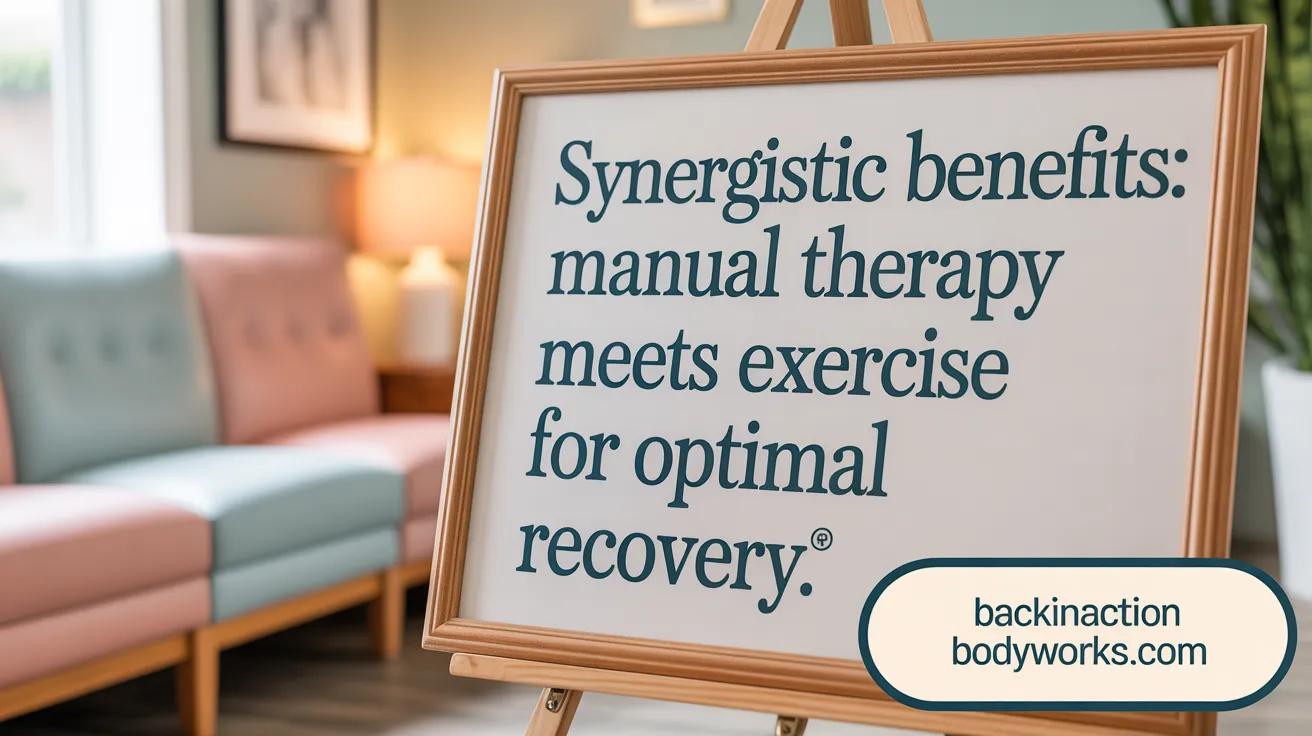
How does manual therapy compare to exercise therapy for managing chronic low back pain in sedentary populations?
Research indicates that combining manual therapy with exercise therapy results in better outcomes for individuals with chronic low back pain caused by sedentary lifestyles. Studies, including multicenter randomized controlled trials, have shown that patients receiving both interventions experience more significant reductions in pain and disability, as well as improved movement and function.
Manual therapy techniques such as spinal mobilizations, massage, and myofascial release help address joint stiffness, muscle tension, and tissue adhesions that often develop from prolonged sitting. When integrated with strengthening, stretching, and balance exercises supervised by a therapist, manual therapy enhances blood flow, relieves muscle spasms, and promotes tissue healing.
In terms of long-term effects, evidence suggests that patients who undergo combined manual and exercise therapy maintain better pain control and functional improvements over 12 months compared to those who receive only exercise. This combined approach also improves overall mobility and reduces reliance on pain medications.
Several systematic reviews support these findings, emphasizing that manual therapy acts as an effective adjunct, boosting the benefits of exercise therapy. The complementary mechanisms—manual therapy's neurophysiological effects and exercise's strengthening benefits—work together to address both symptoms and underlying causes of back pain.
Additional benefits include:
- Greater pain relief
- Enhanced mobility and flexibility
- Reduced muscle tension and spasms
- Improved tissue healing
- Better patient adherence and motivation
Overall, the evidence advocates for an integrated treatment model that combines manual therapy with personalized exercise programs, making it a preferred option for managing chronic low back pain in sedentary populations.
Scientific and Medical Evidence Supporting Manual Therapy for Sedentary-Related Health Issues

What scientific and medical evidence supports the benefits of manual therapy for sedentary lifestyle-related health issues?
Research from a range of systematic reviews, controlled clinical trials, and electromyography studies demonstrates the positive impact of manual therapy on health problems linked to sedentary living.
Manual therapy has been shown to effectively reduce musculoskeletal pain, such as back and neck pain, which are common in individuals with prolonged sitting habits. These techniques—like soft tissue mobilization, joint mobilization, and manipulation—improve joint mobility, decrease muscle tension, and promote tissue healing.
In addition to pain relief, manual therapy enhances physical functions such as flexibility, range of motion, and motor control. By stimulating blood circulation and easing tissue restrictions, it aids in reducing inflammation and muscle spasms.
Physiologically, manual therapy influences neurophysiological processes by modulating pain signals and activating mechanoreceptors, which can diminish overall discomfort and sensitivity. These effects are particularly beneficial for sedentary individuals dealing with stiffness, muscle imbalance, or nerve compression.
When combined with regular physical activity, manual therapy offers a comprehensive approach. It prepares tissues, relieves discomfort, and facilitates active movement, thereby improving overall mobility and health outcomes.
Effects on musculoskeletal function and mobility
Manual therapy helps restore normal movement patterns, reduce joint stiffness, and improve flexibility. This addresses common issues such as joint and muscle stiffness from sitting for long periods.
Clinical evidence indicates that patients receiving manual therapy experience significant pain reduction, enhanced range of motion, and greater functional capacity. Such improvements decrease dependency on medication and promote sustained activity levels.
Influence on circulation and inflammation
Manual techniques stimulate local blood flow and promote lymphatic drainage, which can lower inflammation and swelling. These physiological changes support tissue repair and immune function.
This increase in circulation is essential for individuals with sedentary habits, as inactivity often impairs these processes, increasing the risk of chronic conditions like osteoarthritis and cardiovascular disease.
Integration with physical activity for optimal outcomes
While manual therapy provides immediate relief and improves tissue health, its long-term effectiveness amplifies when combined with exercise therapy and lifestyle modifications.
Encouraging movement, stretching, and strengthening exercises alongside manual techniques addresses root causes of musculoskeletal issues caused by inactivity.
Personalized rehab plans, including education on ergonomics and daily activity habits, optimize the benefits of therapy and promote sustainable health improvements.
In summary, evidence underscores that manual therapy is a valuable component in managing sedentary lifestyle-related health concerns. Its physiologically supportive effects, when integrated into comprehensive active routines, can significantly enhance musculoskeletal health, mobility, and overall well-being.
Practical Manual Therapy Techniques and Their Application for Sedentary Individuals
What practical manual therapy techniques are used to improve mobility and reduce pain in sedentary individuals?
Sedentary lifestyles often lead to muscle tightness, joint stiffness, and discomfort. To address these issues, manual therapy offers several targeted techniques that can improve movement and alleviate pain.
One of the most common methods is joint mobilization, where gentle passive movements are applied to joints to enhance their range of motion. This technique helps break down adhesions, reduce stiffness, and restore normal joint function.
Soft tissue massage and myofascial release are also widely used. These techniques involve applying pressure to muscles and fascia to release tension, improve blood flow, and promote tissue healing. They are effective for relieving muscle spasms and reducing soft tissue restrictions.
Manual traction and stretching are additional approaches that help increase joint and muscle flexibility. Traction involves the gentle pulling of a joint or soft tissue to decompress and relieve pressure, while stretching elongates tight muscles, aiding in postural correction and preventing injuries.
Beyond these mechanical effects, manual therapy can stimulate neurophysiological processes like analgesia, which reduces pain perception through passive touch and movement. This analgesic effect can make subsequent exercises and movements more comfortable and effective.
Modern manual therapy practices today focus on a person-centered approach. Therapists prioritize clear communication, ensuring patients feel safe, respected, and involved in their treatment. Tailoring techniques to individual needs enhances comfort and outcomes.
For optimal results, manual therapy is often combined with active interventions—such as therapeutic exercises and patient education on posture and movement habits—and lifestyle modifications. This integrated approach supports sustained improvements in mobility, reduces pain, and encourages healthier behaviors.
In summary, manual therapy techniques like joint mobilization, soft tissue massage, traction, and stretching, delivered within a caring environment, effectively support movement, diminish discomfort, and foster long-term joint and muscle health in sedentary individuals.
Embracing Manual Therapy for a Healthier, More Active Future
Manual therapy stands out as a powerful, evidence-based approach to mitigating the negative impacts of sedentary lifestyles. Through skilled hands-on techniques, it alleviates pain, restores motion, and addresses the musculoskeletal imbalances caused by prolonged inactivity. When combined with tailored exercise and lifestyle modifications, manual therapy not only aids in recovery and pain management but also plays a crucial role in preventing long-term health complications. As sedentary behavior remains a widespread challenge, integrating manual therapy into comprehensive physical therapy regimens offers an accessible, effective pathway to improved mobility, well-being, and quality of life for individuals seeking to overcome the physical burdens of inactivity.
References
- What Is Manual Therapy? (How it works!)
- Physical Therapy: The Solution for Sedentary Habits
- Manual Therapy & Exercise: A Powerful Duo For Your Health
- Why Manual Therapy Works Wonders for Back Pain Sufferers
- Physical Therapy for Desk Job Recovery - Elite Health and Wellness
- Benefits of Physical Therapy for Sedentary Lifestyle | Total PT
- The health benefits and constraints of exercise therapy for ...
- Physical Therapy for a Sedentary Lifestyle
- Comparison the Effects of Physical Therapy on Chronic Pain in ...
Recent articles
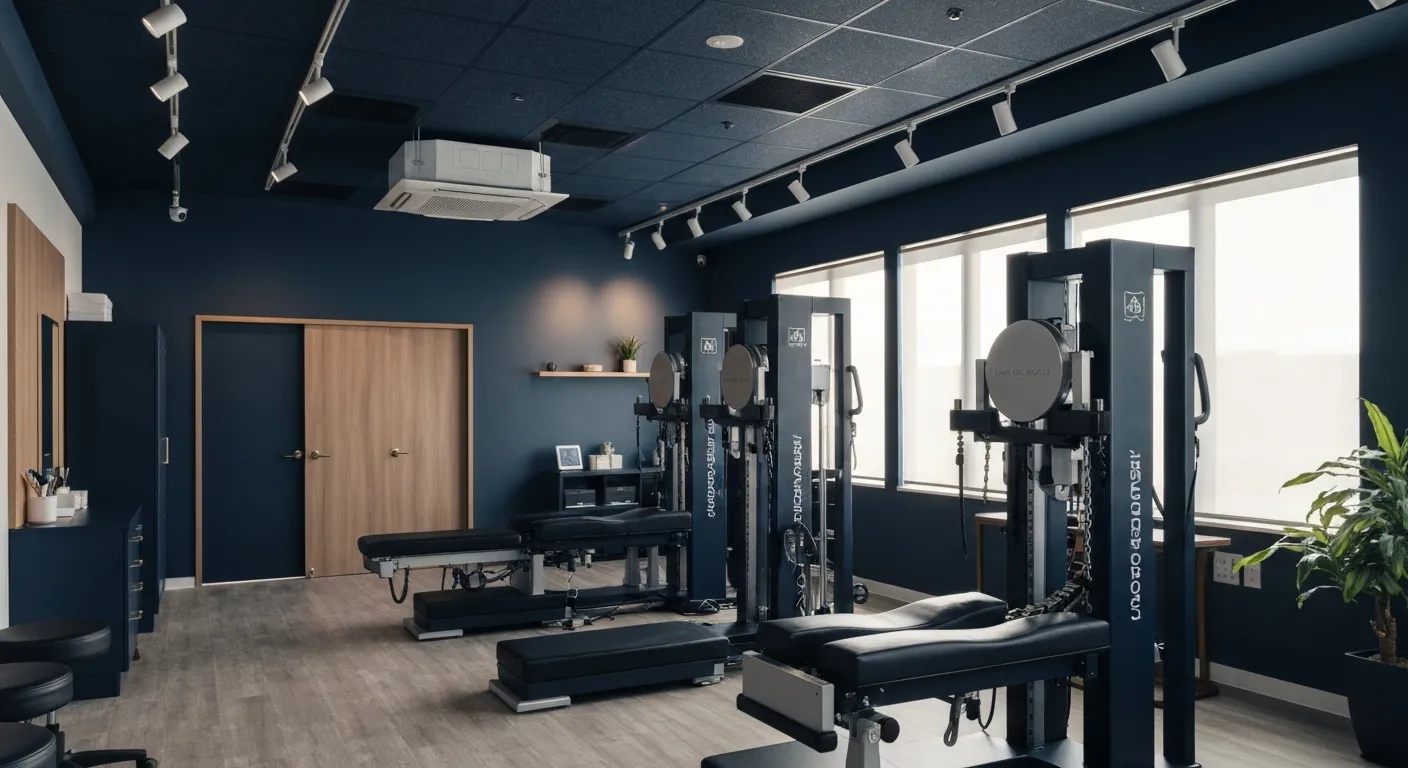
Sciatica Relief Through Targeted Spinal Decompression

Integrating Physiotherapy with Chiropractic Treatments for Better Results
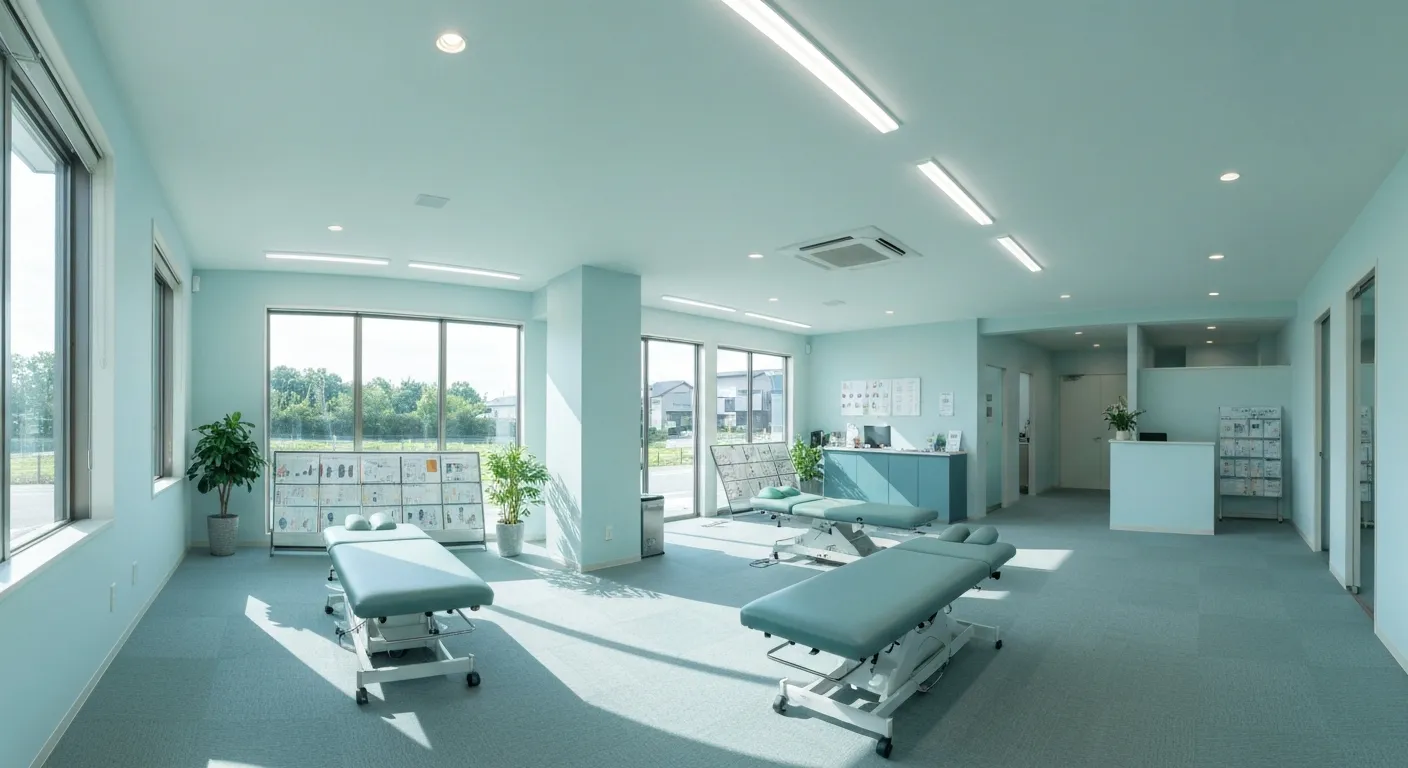
Testimonials That Demonstrate the Benefits of Chiropractic Care
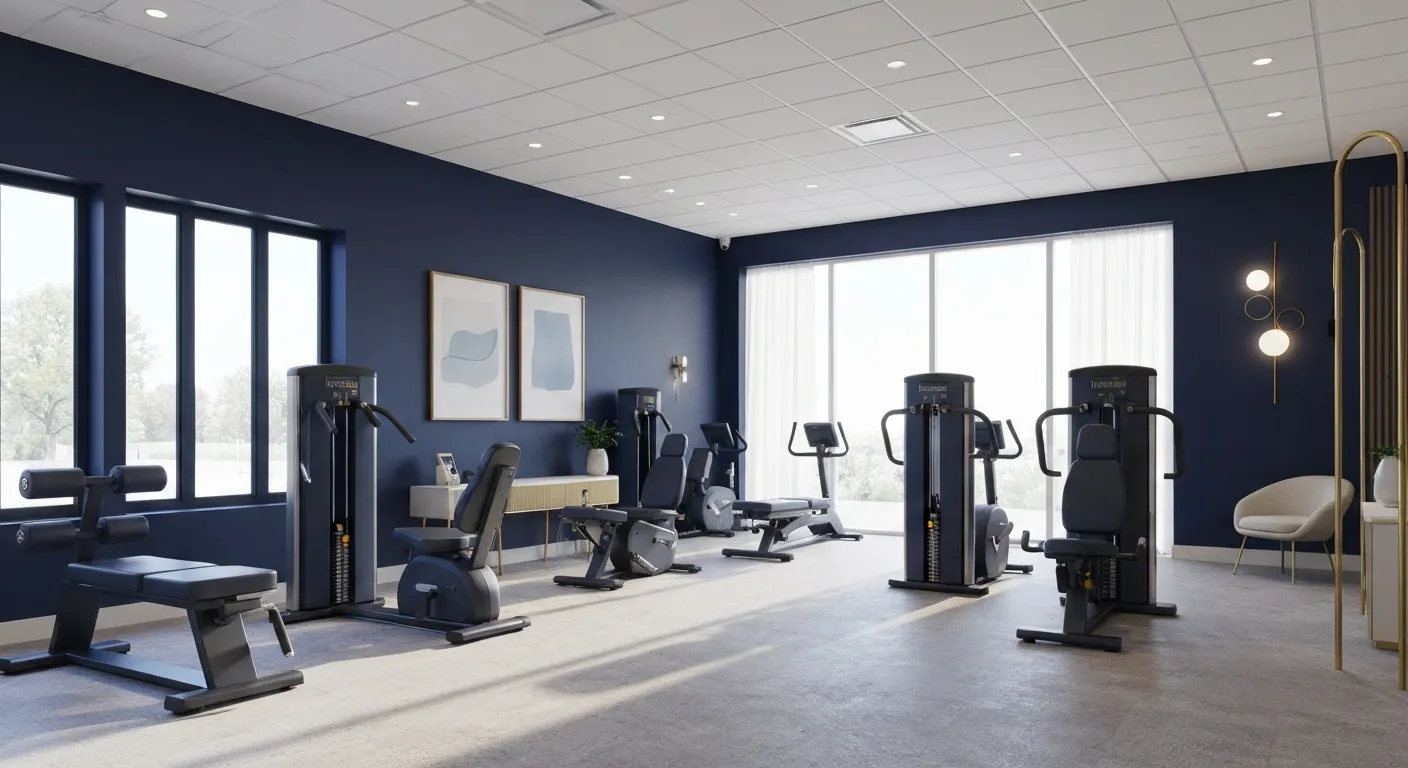
The Power of Corrective Exercises in Pain Management
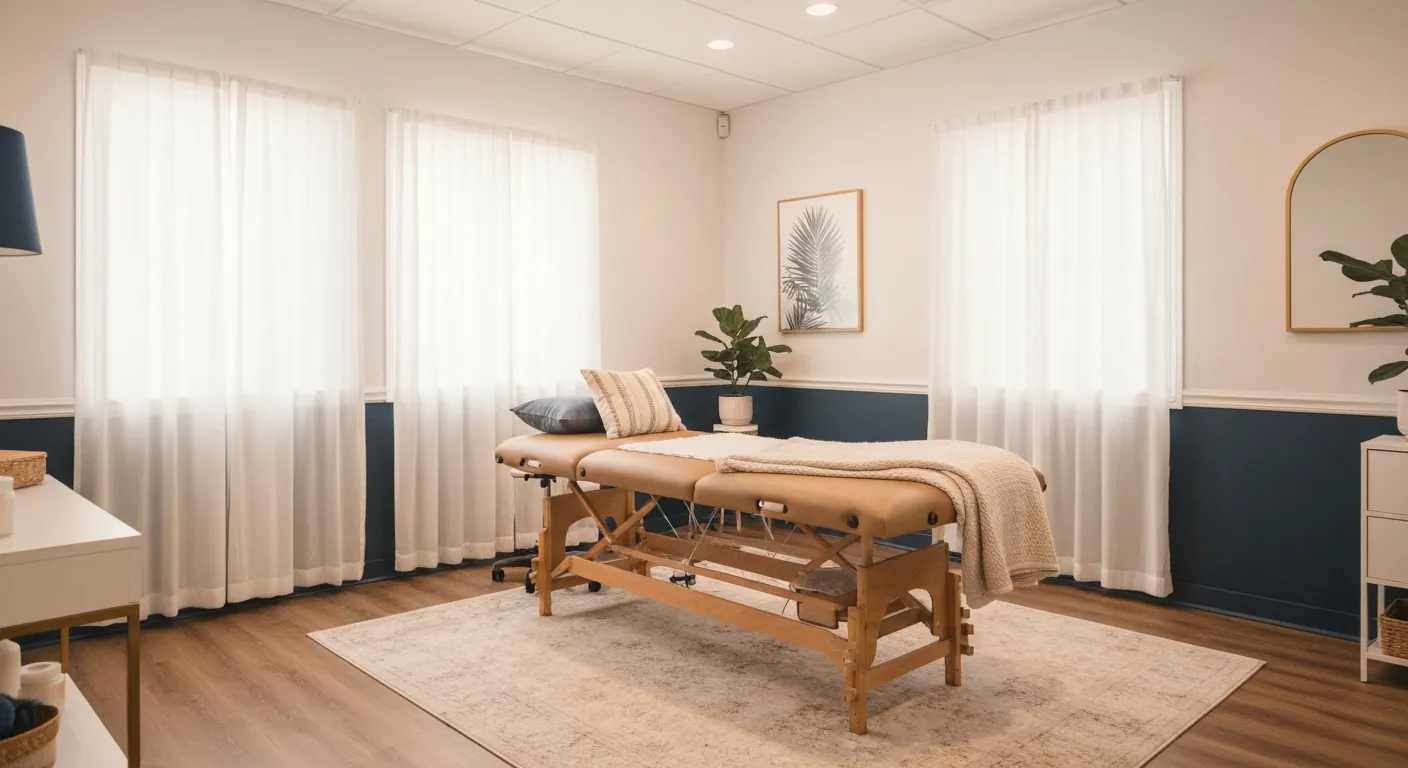
A Step-by-Step Guide to Your Initial Chiropractic Consultation

9 Nutritional Tips to Enhance Your Chiropractic Wellness Journey

Patient Experiences: How Chiropractic Care Changed Their Lives

Lifestyle Recommendations to Keep Your Spine in Top Shape

Effective Corrective Exercises for Long-Term Pain Relief
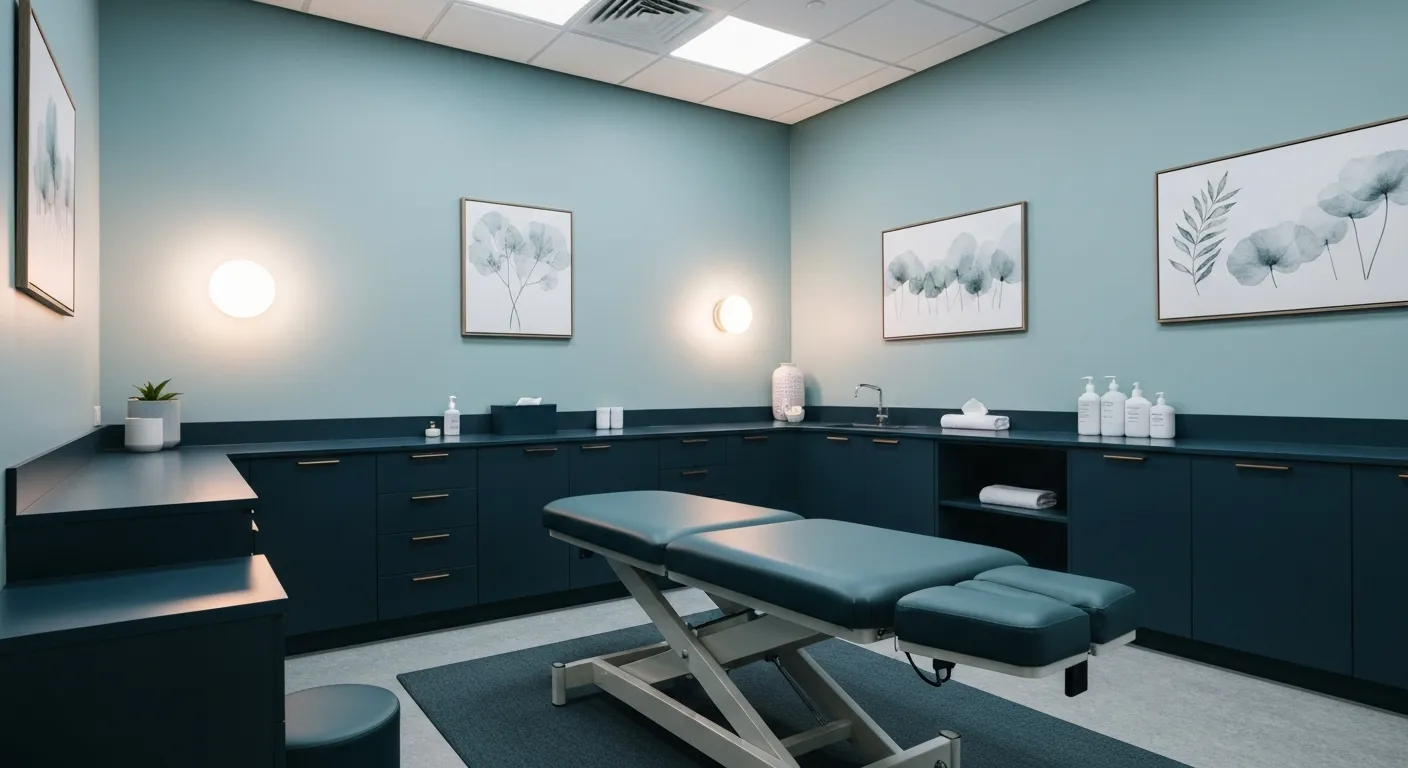
Back Pain Benefits: What Chiropractic Care Can Do for You
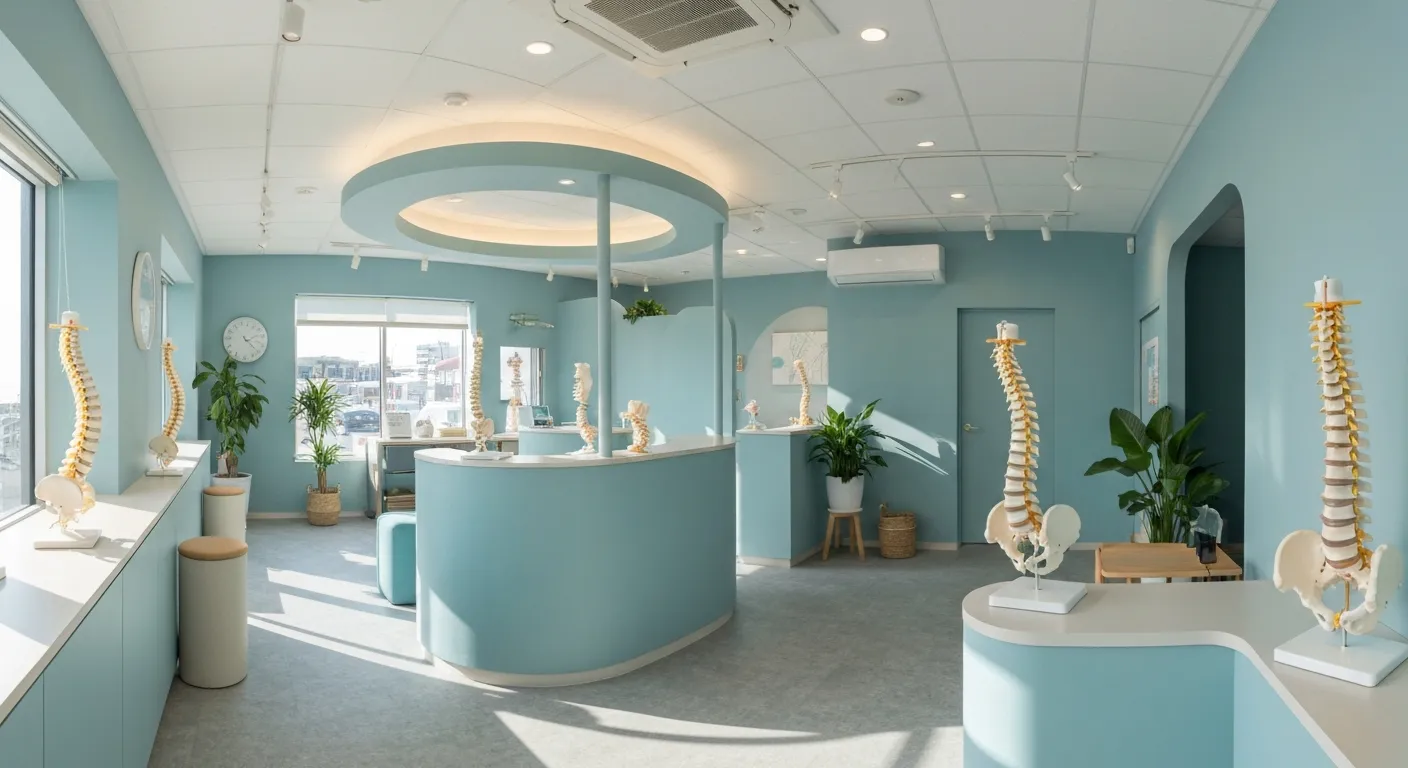
Spinal Decompression Techniques for Effective Sciatica Relief
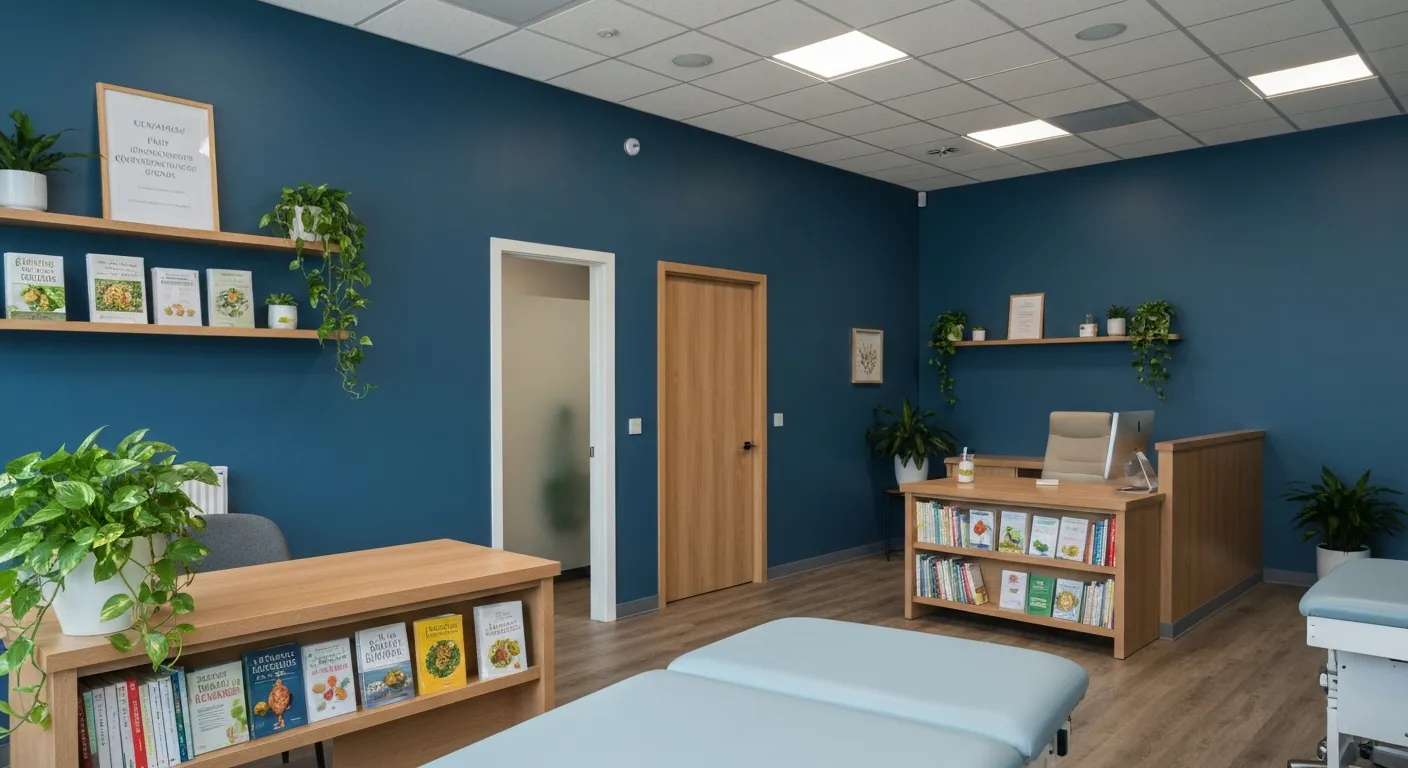
Top Nutritional Counseling Tips for Enhanced Wellness
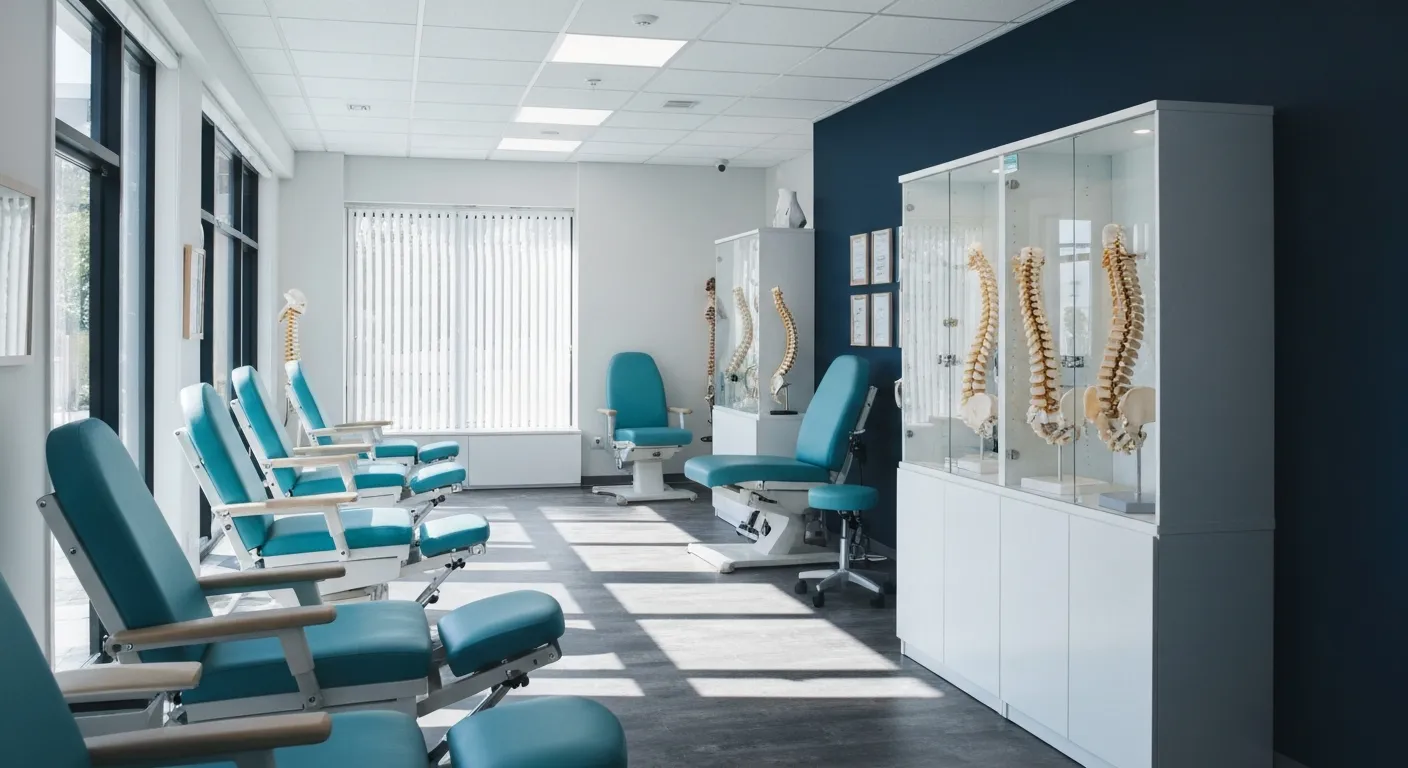
6 Lifestyle Habits That Boost Spine Health Daily
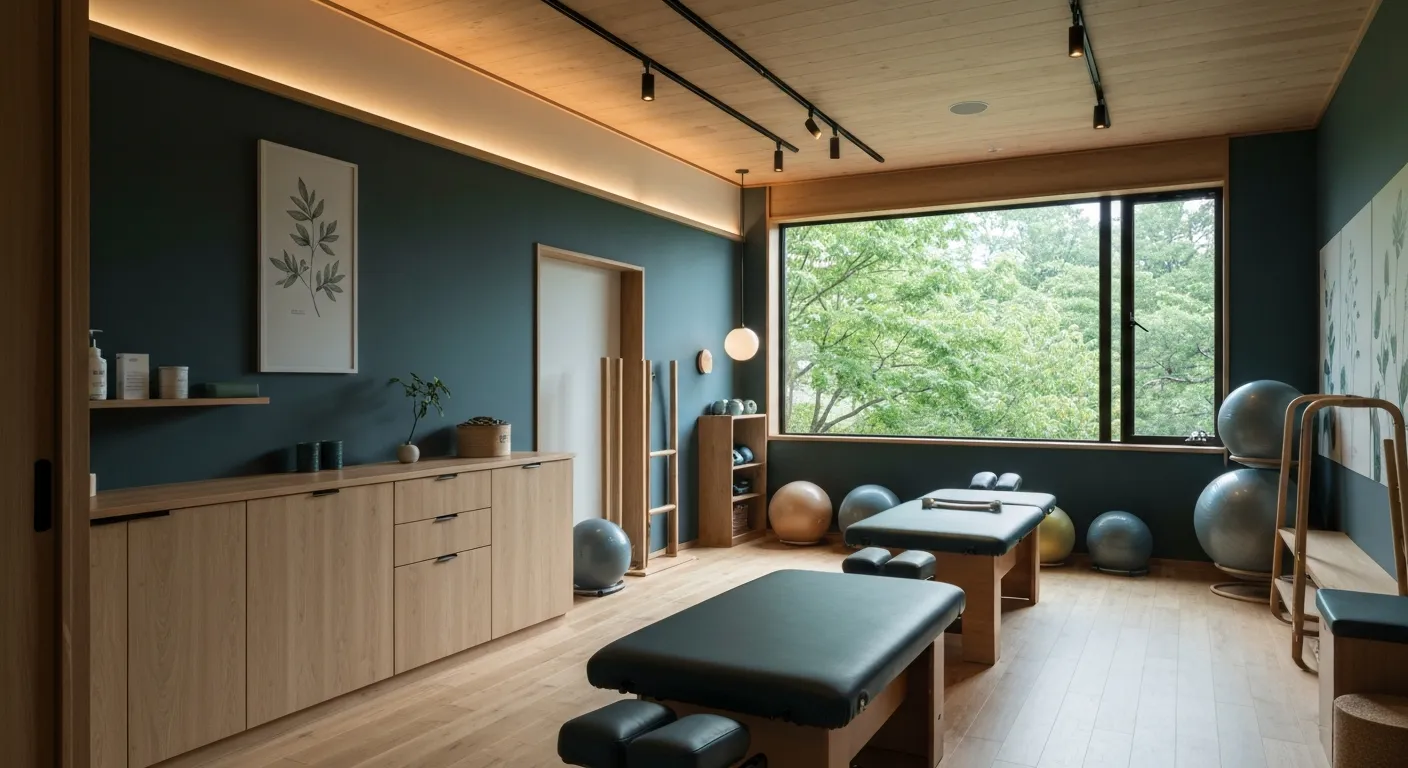
Discover Holistic and Non-Surgical Pain Relief Solutions

Exploring Holistic and Non-Surgical Treatment Options for Pain
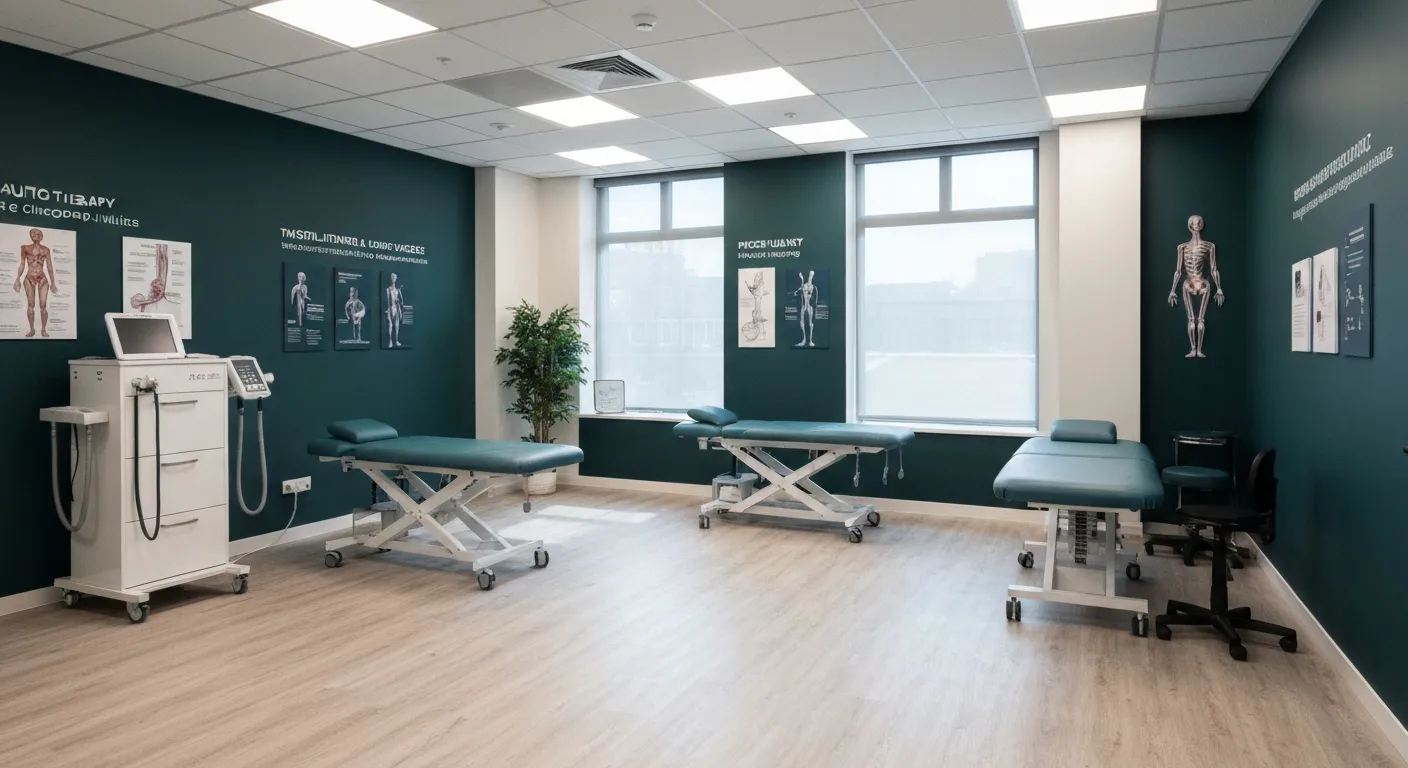
The Role of Physiotherapy in Enhancing Chiropractic Care Outcomes

Complementing Chiropractic Care with Physiotherapy: What You Need to Know
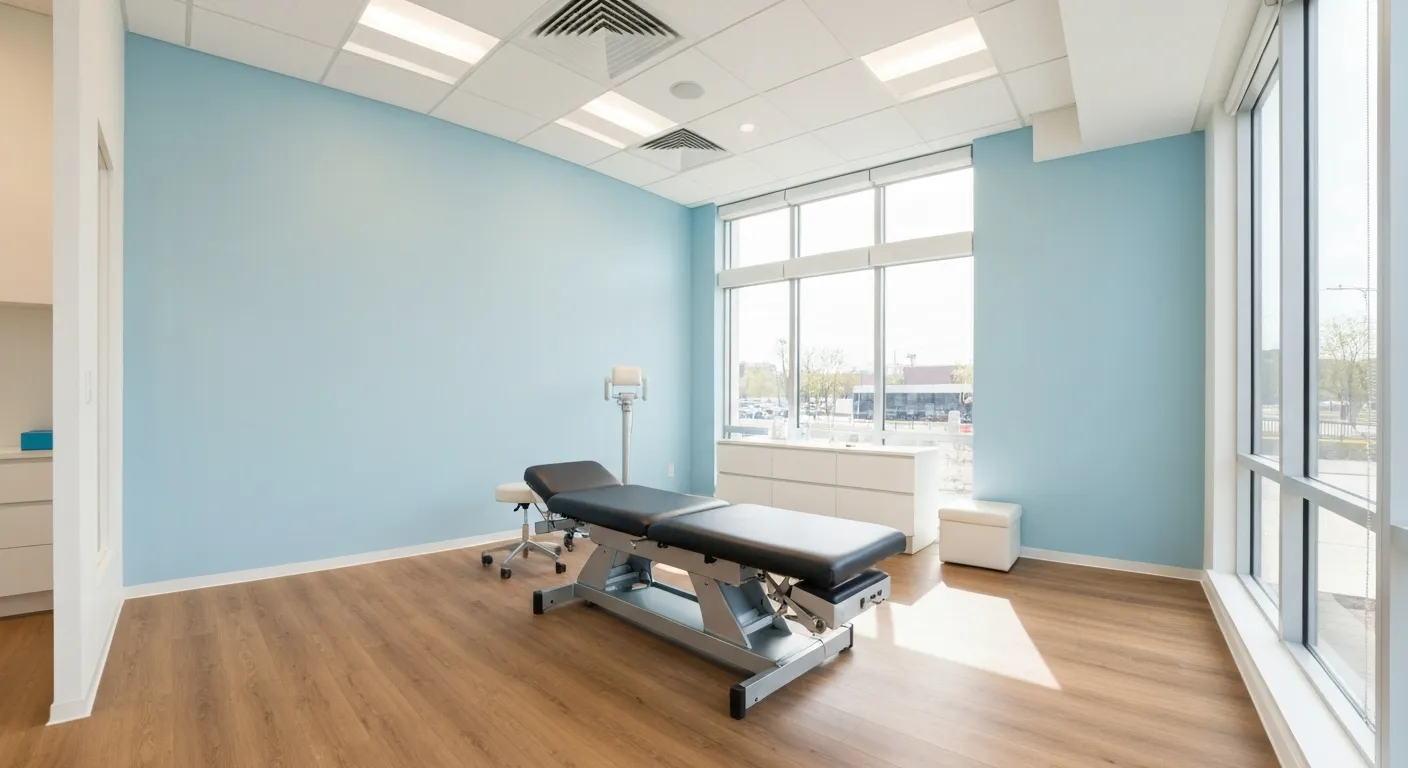
What to Expect During Your First Chiropractic Visit

Simple Lifestyle Adjustments to Maintain a Healthy Spine

Personalized Nutritional Counseling for Improved Health Outcomes

Exploring Non-Surgical Treatments for Spine-Related Conditions

An Introduction to Spinal Decompression for Sciatica Patients

Transformative Success Stories: Patient Experiences with Chiropractic Treatments

Why Chiropractic Care Is Essential for Back Pain Relief

Addressing Underlying Causes Versus Symptom Management in Pain Care

The Role of Nutrition in Enhancing Chiropractic Treatment Effectiveness

Sciatica Treatment Options: Is Spinal Decompression Right for You?

Lifestyle Tips to Maintain a Healthy Spine and Prevent Back Issues

The Synergy Between Physiotherapy and Chiropractic Treatments

What Happens During Your Initial Chiropractic Consultation

Effective Corrective Exercises for Sustainable Pain Management

Taking a Root Cause Approach to Chronic Pain Management

Holistic Pain Management Techniques Without Surgery

How Patient Success Stories Validate Chiropractic Care Benefits

Spinal Decompression: Innovative Treatment for Sciatic Nerve Pain

Spinal Decompression Therapy: A Non-Invasive Approach to Sciatica Relief

Exploring Holistic Approaches Beyond Surgery for Pain Relief

Practical Lifestyle Advice to Support a Healthy Spine Every Day

Corrective Exercise Routines Designed for Long-Term Pain Prevention

Real Patient Stories: Overcoming Chronic Pain with Chiropractic Care

Lifestyle Changes That Promote a Healthy Spine and Prevent Injury

How Addressing the Root Cause of Pain Leads to Lasting Relief

Non-Surgical Holistic Therapies to Manage Chronic Pain Effectively

Nutritional Counseling's Impact on Physical Health and Healing

Benefits of Regular Chiropractic Care for a Stronger Back

Your First Chiropractic Visit: What to Expect and How to Prepare

Patient Experiences: How Chiropractic Care Transformed Their Lives

Exploring Holistic, Non-Surgical Options for Pain Management

Combining Physiotherapy with Chiropractic Treatments for Enhanced Recovery

Holistic Treatments That Offer Alternatives to Surgery for Pain Relief

Corrective Exercise Strategies for Long-Term Spine Health

How Physiotherapy Complements Chiropractic Adjustments for Better Outcomes

First-Time Chiropractic Visitors: What You Should Know

Understanding the Importance of Treating Pain at Its Source

Adopting Lifestyle Changes to Support Your Spine's Wellness

Utilizing Physiotherapy to Enhance Chiropractic Treatment Outcomes

The Key Advantages of Chiropractic Care for Back Pain Sufferers

Why Focusing on Root Causes Improves Pain Treatment Success

Corrective Exercises That Promote Lasting Pain Relief and Mobility

Sciatica Relief Through Targeted Spinal Decompression Techniques

Preparing for Your First Chiropractic Appointment with Confidence

Healthy Lifestyle Habits for Maintaining Spinal Alignment

Success Stories Highlighting Chiropractic's Role in Pain Recovery

Top Benefits of Chiropractic Care for Chronic Back Pain

Nutrition Tips to Boost Your Overall Wellness and Recovery

How Chiropractic Care Alleviates Back Pain Naturally

How Nutritional Counseling Supports Overall Wellness and Spine Health

Step-by-Step Guide to Your First Visit with a Chiropractor

Using Nutrition to Support Chiropractic and Overall Wellness

Integrating Physiotherapy in Your Chiropractic Healing Journey

How Physiotherapy Complements Chiropractic Adjustments for Faster Healing

Lifestyle Tips for Maintaining a Healthy Spine and Preventing Back Pain

Heartwarming Patient Testimonials Highlighting Chiropractic Success

How Proper Nutrition Supports Chiropractic and Physiotherapy Treatments

Combining Physiotherapy and Chiropractic Treatments for Optimal Recovery

Why Chiropractic Treatments Are Effective for Managing Back Pain

Choosing a Chiropractor: Tips for Finding a Trusted Provider

Integrating Physiotherapy and Chiropractic: Benefits and What to Expect

How Tailored Corrective Exercises Can Aid in Pain Management

Chiropractic Care: A Proven Solution for Alleviating Back Pain

What to Expect at Your First Chiropractic Visit: A Comprehensive Guide

The Importance of Root Cause Analysis in Effective Pain Management

The Role of Corrective Exercises in Sustaining Pain-Free Living

Combining Chiropractic and Physiotherapy for Comprehensive Pain Relief

How Addressing Underlying Causes Improves Pain Treatment Effectiveness

Maintaining Spinal Health Through Lifestyle Changes and Preventive Care

Understanding the Benefits of Chiropractic Adjustments for Back Pain Sufferers

Spinal Decompression Therapy: A New Hope for Sciatica Relief

Lifestyle Recommendations to Support a Healthy Spine and Reduce Pain
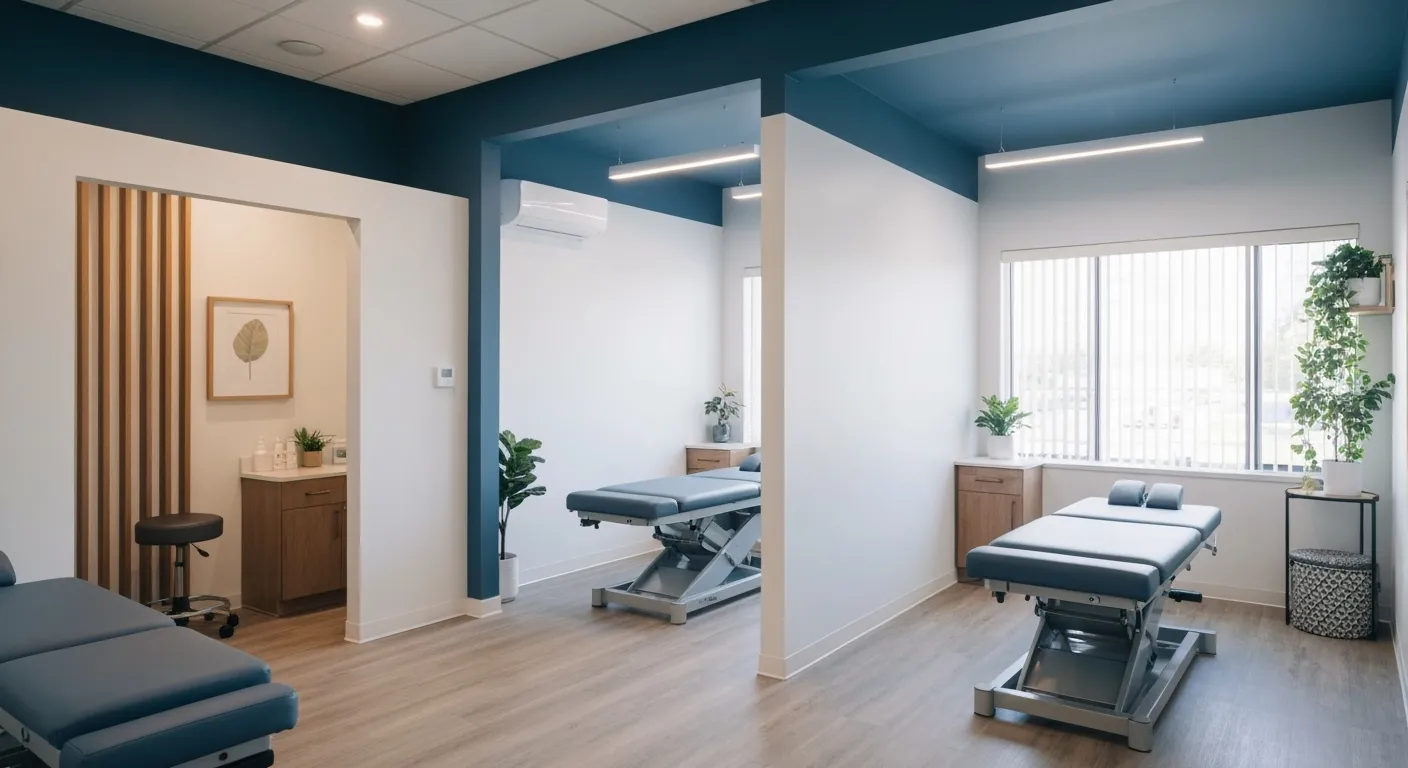
Choosing the Right Chiropractor: Key Factors to Consider Before Your First Appointment
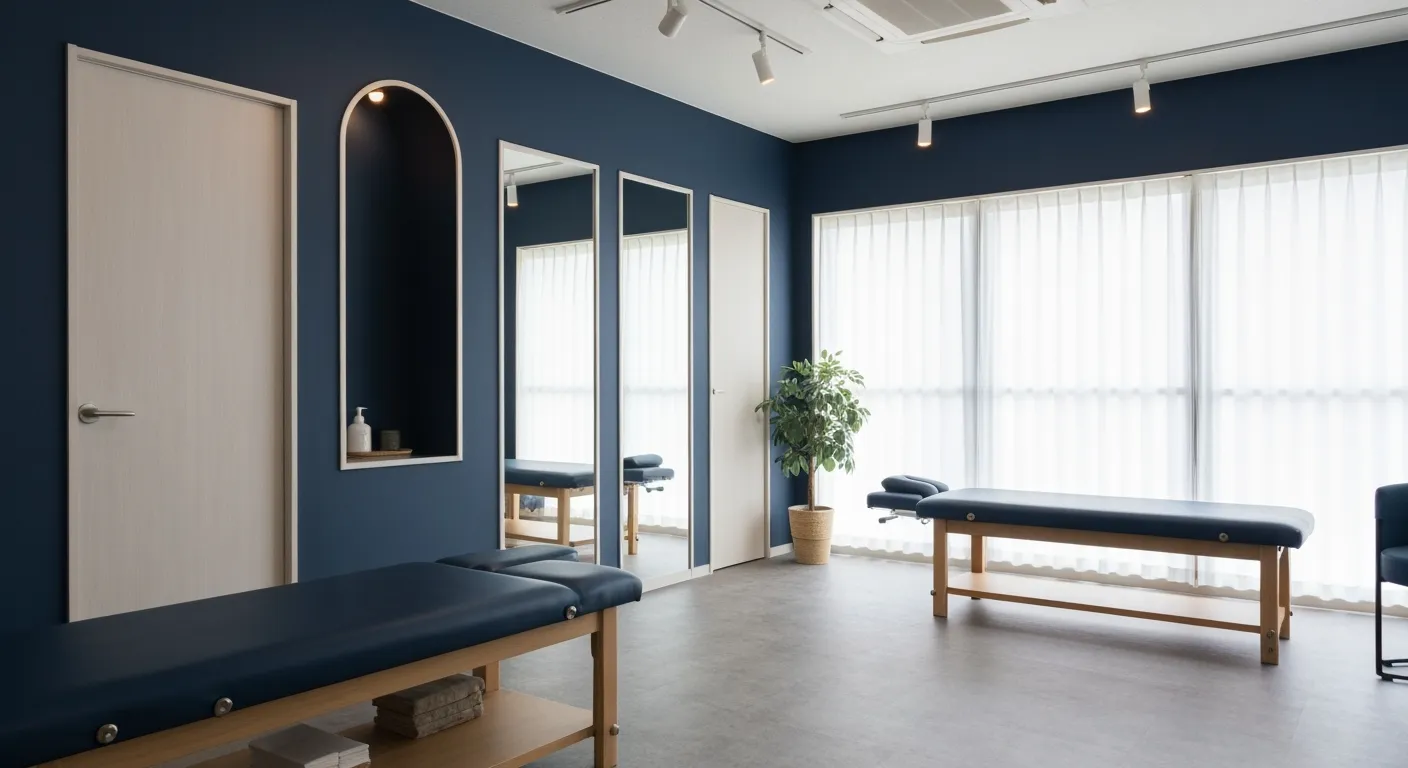
Non-Invasive Treatment Alternatives: A Holistic Approach to Pain Relief
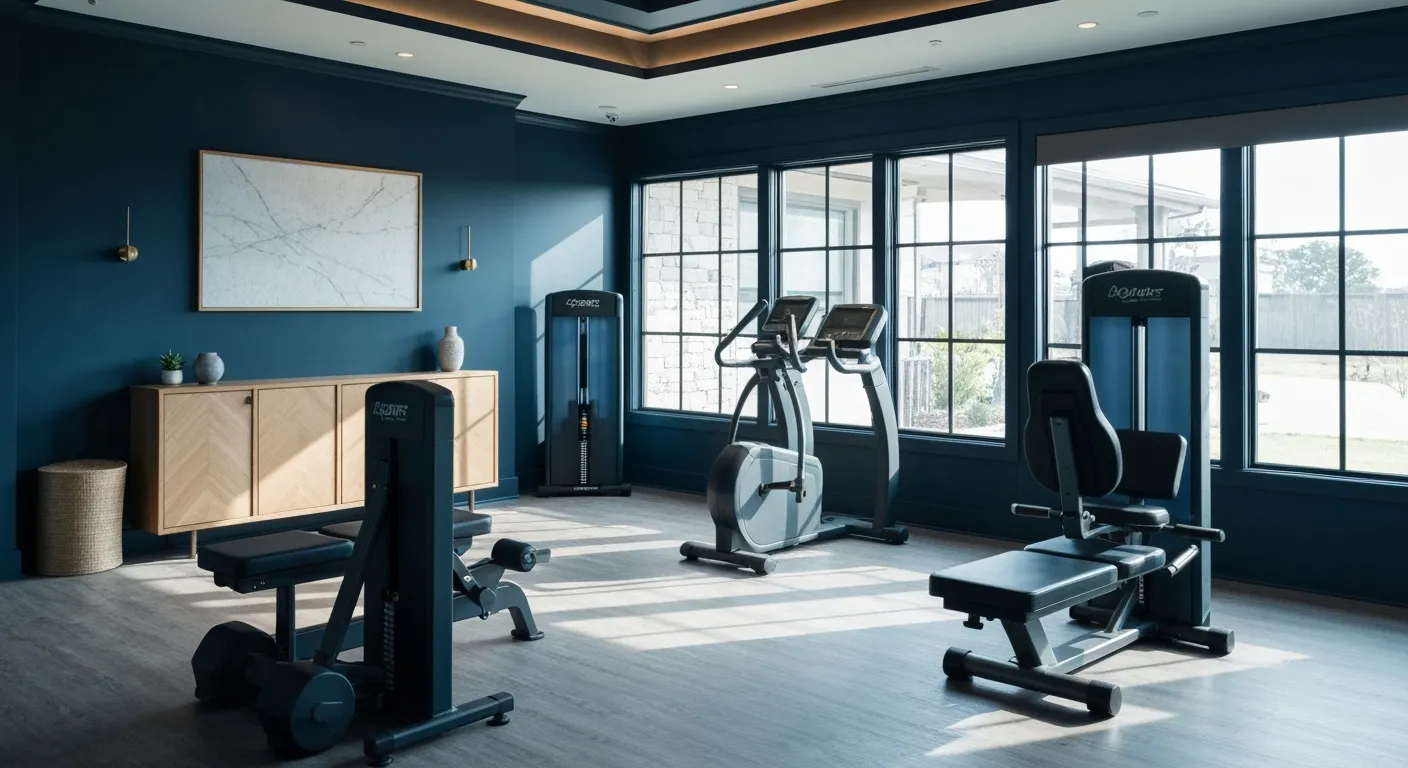
Corrective Exercises to Support Long-Term Relief from Chronic Pain

Exploring Non-Surgical Approaches to Spine Health and Wellness

Tips for Daily Habits That Keep Your Spine Strong

Success Stories: How Chiropractic Treatments Changed Lives

Why Focusing on the Root Cause of Pain Leads to Better Outcomes
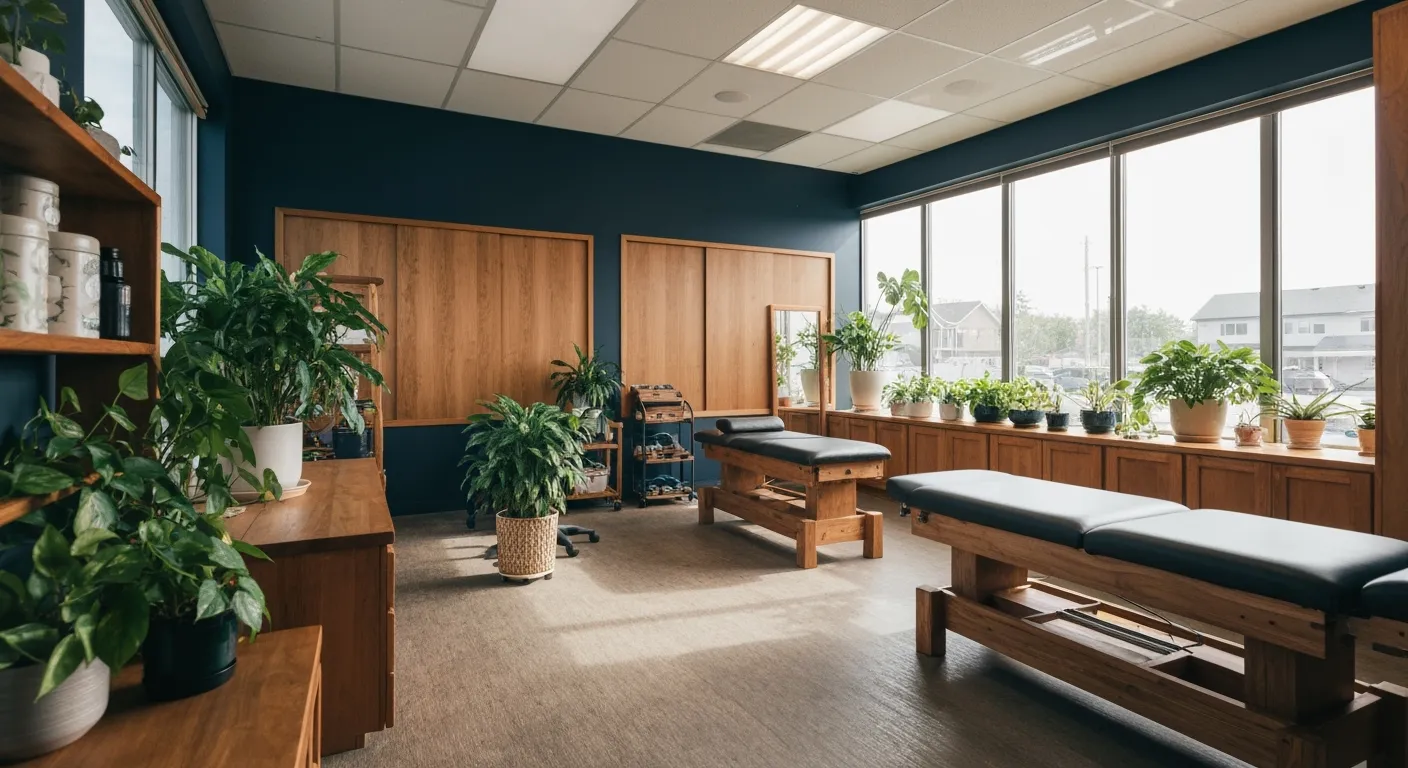
Nutritional Counseling and Its Impact on Overall Wellness and Recovery
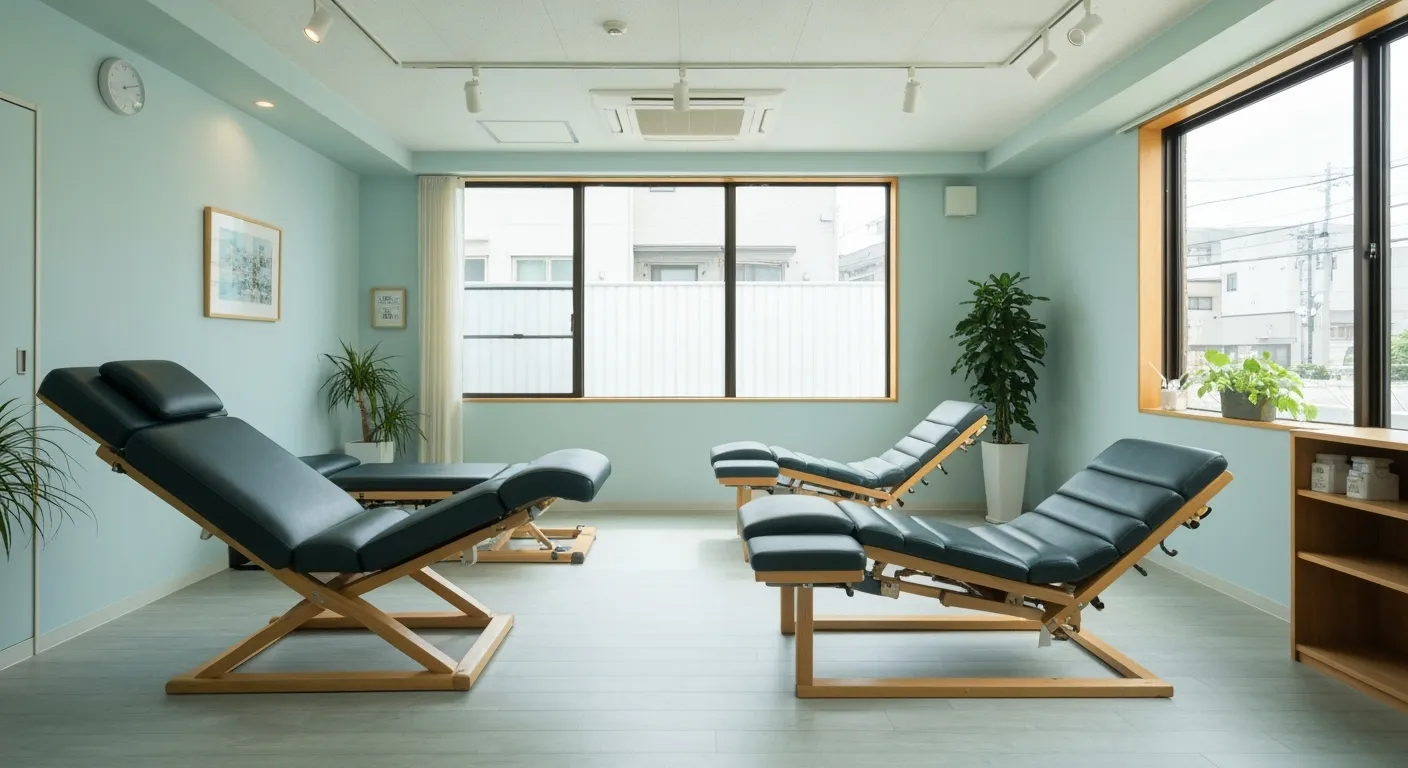
Patient Testimonials That Showcase the Power of Chiropractic Care

Preparing for Your First Chiropractic Appointment: What You Need to Know
